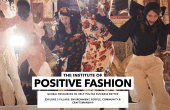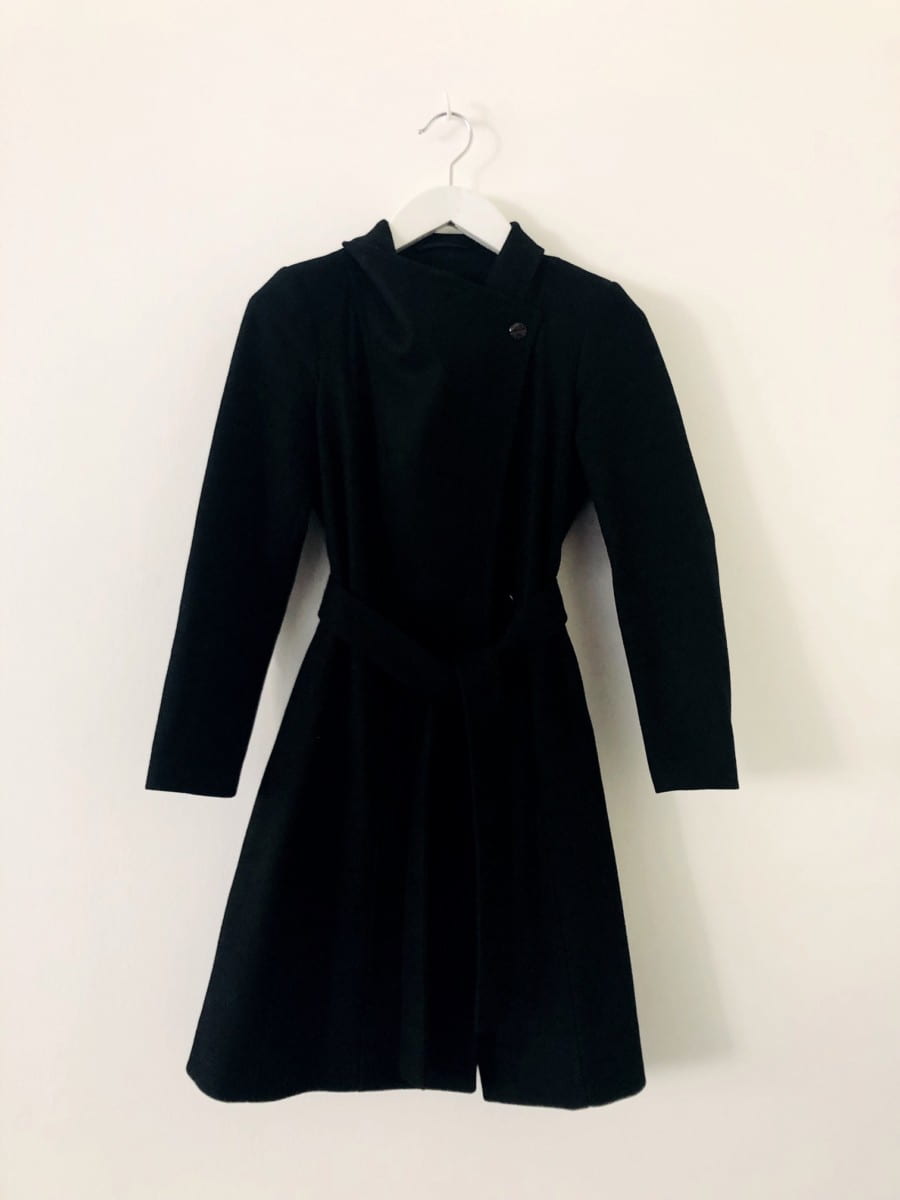Lagos, Nigeria, is Africa’s most populous city with an estimated 21 million people living there. It is a city known for its oil reserves and has the largest economy of any city in Africa. It is increasingly becoming the continent’s hub for not just business, but also fashion and creativity.
Brands such as the LVMH Prize semi-finalists Maki Oh and Orange Culture already found their place on the world’s fashion map, and I noticed that I was joined by Nigerian designer Lisa Folawiyo in the Business of Fashion’s top 500.
This year also marked the fifth anniversary of the launch of Lagos Fahsion and Design Week, an event which has acted as a platform for buyers, consumers and the media to celebrate African design.
 Nigerian brands, Orange Culture, Maki Oh and Lisa Folawiyo at Lagos Fashion and Design Week.
Nigerian brands, Orange Culture, Maki Oh and Lisa Folawiyo at Lagos Fashion and Design Week.
The interest in African fashion has really begun to develop over the last few years. This is going to be reflected by the first major UK exhibition dedicated to contemporary African fashion, which opens at Brighton Museum in April 2016.
However, for me what is so interesting about Africa is how it is going to combine its roots in traditional design with the future technologies emerging in the industry.
Our LCF/V&A Senior Research Fellow Cher Potter recently launched a two year project into design futures in Sub-Saharan Africa.
The project brings together design theorists, technological innovators and museum professionals from six different centres – Dakar, Accra, Nairobi, Cape Town, London and Oxford – for a series of talks and exhibitions taking place in Senegal, Ghana, Kenya, South Africa and London.
The aim is to investigate how a ‘digital revolution’ combined with unprecedented city and population growth on the African continent is resulting in new typologies of design.
We tend to think about our world’s future as being discovered in the high-tech laboratories of American scientific research institutes, or debated in elite business and political forums held in the Alps – but less often in the West, do we think about our future as being designed by local tech communities in Sub-Saharan Africa.
I think it has already been exciting to see the fusion of traditional prints and local fabrics with modern western silhouettes seen in brands like Orange Culture, but seeing how these African designers will embrace the next digital and technological developments I think will prove even more interesting.




